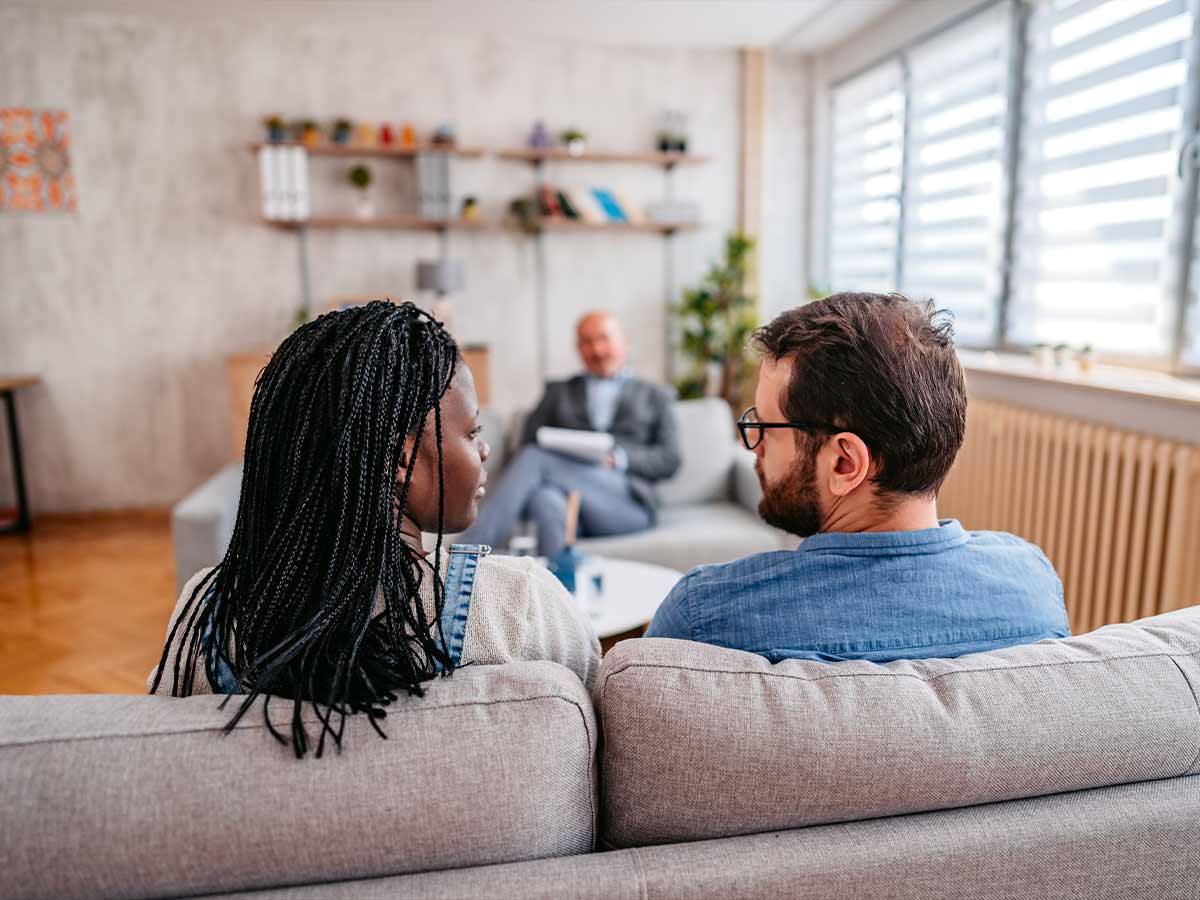What is couples counselling actually like?
Some people imagine what you may see on-screen… the therapist saying “and how does that make you feel?” over and over. And although this may show up, it’s far from the full picture!
Couples therapy is not one size fits all; a therapist will wear many hats depending on the couple’s presenting issues, level of distress, and what may be needed at that moment.
Getting starting in therapy
How the first few sessions unfold will be largely dependent on a therapist’s style. At Illuminate Counselling, all new clients receive an intake form, which involves answering questions about your relationship. This gives them a sense of what the greatest challenges are, where to focus the time in session, as well as to flag areas to explore further later. So that you meet for your first session, the therapist already has a sense of what you are dealing with and working towards.
Meeting 1:1 first can make therapy more effective
Then our couples counsellor will meet 1:1 with each partner before coming together as a group of three. In our experience, this serves three main purposes.
- to gather necessary background information – after all, you were two individuals before you ever came together as a pair;
- to establish a trusting relationship with each person, forming the foundation for future sessions (which may require the therapist to challenge you!)
- to give each client a chance to ask questions, and be as authentic as possible in sharing their lived experience, without the influence of the other. We have found that this approach is appreciated by our clients, and tends to make therapy more targeted and effective.
A couples counsellor wears many hats
The role of a couples therapist requires constantly shifting between these many roles:
✔️ teacher
✔️ coach
✔️ support person
✔️ detective
✔️ observer
✔️ mental health advocate
✔️ mediator
✔️ translator
✔️ even a referee at times!
You can expect a skilled couples counsellor to be constantly assessing what is most needed in that session, given your stuck points, personalities, and overall goals. So sometimes your therapist will speak more, interrupt, clarify, and redirect. Other situations may be best served by them sitting back and observing, or showing up in a more gentle way. This of course will be informed by the therapist’s own approach, personality, experience, and skill set. However, don’t be surprised if you see different things at different times.




